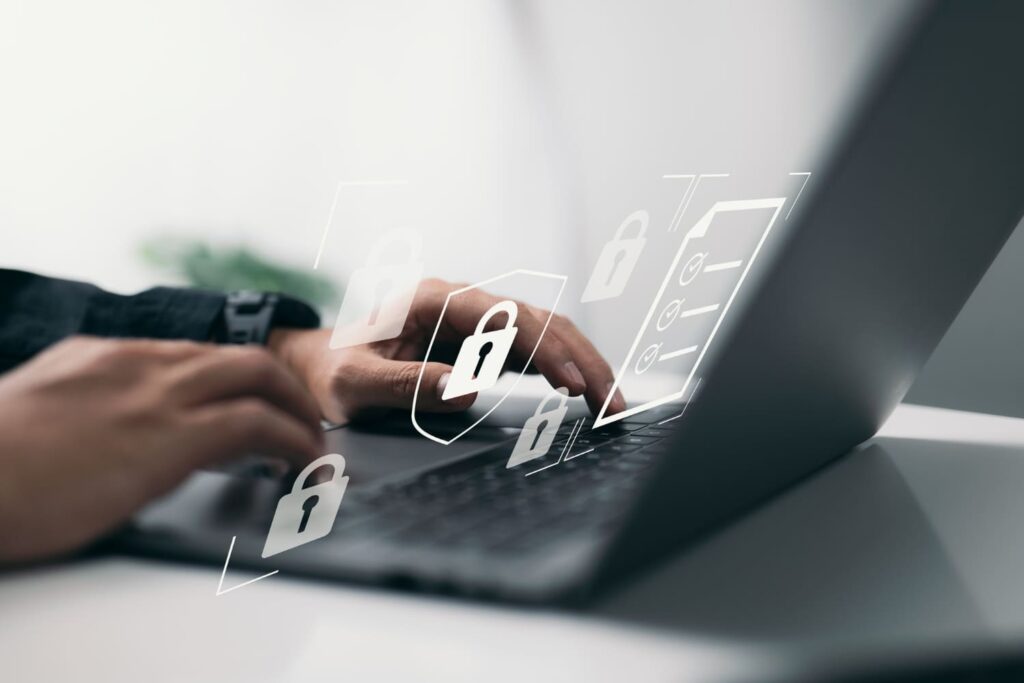Just when you think ransomware is an annoying malware variant, extortionware comes along—an even more devastating version. This growing threat doesn’t stop at encrypting your data; it aims to expose sensitive information if demands aren’t met.
With these attacks increasing, everyone faces the same risk of losing control over their data and having private details made public.
Ahead, we’re taking you to explore how extortionware works and how to protect against it. Curious to learn more? Read on!
What is Extortionware?

Extortionware is a cyberattack where hackers access sensitive data and demand payment to prevent its exposure. Instead of just encrypting files to deny access, extortionware targets the fear of having private information made public. This creates a more serious threat, combining potential financial loss with the risk of damaging reputations.
In 2023, more than 33 million data records were extorted through ransomware and phishing attacks. That means a data extortion incident occurred every 11 seconds—a highly concerning number.
What is the Difference between Ransomware and Extortionware?

People often mix up ransomware and extortionware because both involve hackers demanding money. However, they work differently.
A ransomware attack locks your files by encrypting them and demands payment to restore access. Meanwhile, extortionware goes a step further: it threatens to release sensitive data to the public if the ransom isn’t paid.
The main difference is in the threat: ransomware focuses on blocking access to data, while extortionware uses the fear of public exposure to force victims to pay, making it a more dangerous cyberattack.
How Does Extortionware Work?

An extortionware attack starts when threat actors use malware to break into an organization or individual’s system. Once the attacker gains access to sensitive data, they examine whether the data gained can be used for their malicious purpose. After confirming the data, they inform the victim about the breach.
The attacker then demands payment, usually in cryptocurrency, to avoid exposing the data. If the victim doesn’t pay, the threat actors might raise their demands or proceed to leak the stolen data.
This tactic relies on fear, highlighting the need for strong cybersecurity practices to defend against these aggressive threats.
How Risky is Extortionware?

Unfortunately, extortionware is very risky. While ransomware can be mitigated with prepared backup data, extortionware poses a much greater risk.
Even if backups exist, the danger remains that attackers could still expose sensitive information to the public.
This makes extortionware more risky than ransomware, as it threatens data loss, reputational harm, and trust issues. Besides the attack itself, the risk includes the aftermath that could follow.
How Do We Defend Against Extortionware?

Update Software Regularly
One of the best practices for defending against extortionware is to keep software updated. Outdated software often has vulnerabilities that attackers can exploit. Regular updates ensure these weaknesses are patched, reducing the chances of an attack.
Encrypt Sensitive Data
Implementing strong encryption is crucial to safeguarding sensitive data. Encryption converts data into a coded format. It only can be accessed with a specific key. This way, even if attackers break in, they can’t easily decipher or misuse the data.
Limit Access to Sensitive Data
A business should limit access to sensitive data to only those who require it for their role. This minimizes the risk of data exposure by reducing potential entry points for attackers. Regularly reviewing permissions and access controls is essential.
Implement and Maintain Bring Your Own Device Security Protocols
For businesses with BYOD policies, maintaining strong security protocols is key. This includes requiring antivirus protection, ensuring secure network connections, and monitoring devices for suspicious activity to prevent unauthorized access.
Restrict Remote Access
Remote access must be carefully controlled to reduce risks. Only authorized devices and users should be allowed to connect to the internal network, and multi-factor authentication should be required to safeguard against unauthorized entry.
Conduct Regular Cyber Hygiene Workshops
Regular cyber hygiene workshops are essential to keep employees informed about potential threats and security practices. These sessions help them recognize phishing, follow security protocols, and act swiftly in case of suspicious activity, bolstering overall defense.
Frequently Asked Questions
Is ransom a form of extortion?
Yes, demanding a pay ransom is a form of extortion. It involves threatening harm, such as exposing sensitive information or damaging data, unless the victim pays a specific amount.
What are the three types of extortion?
The three types of extortion are cyber extortion (like ransomware and extortionware), blackmail (threatening to reveal private information), and physical extortion (threatening physical harm for money).
Is extortion the same as stealing?
No, extortion and stealing are not the same. Stealing involves taking something without consent, while extortion involves threats or coercion to obtain money or favors from someone.
Conclusion
Extortionware represents a heightened threat by adding the risk of public data exposure alongside financial demands. This form of compromise allows cybercriminals to exploit both data security and reputation. Unlike its competitor, ransomware, which can often be countered with backups, extortionware requires strong prevention measures and cybersecurity strategies to stay away from attackers.
Don’t wait for a breach to happen—contact Fluxgate today for expert guidance on securing your business against these evolving threats.
